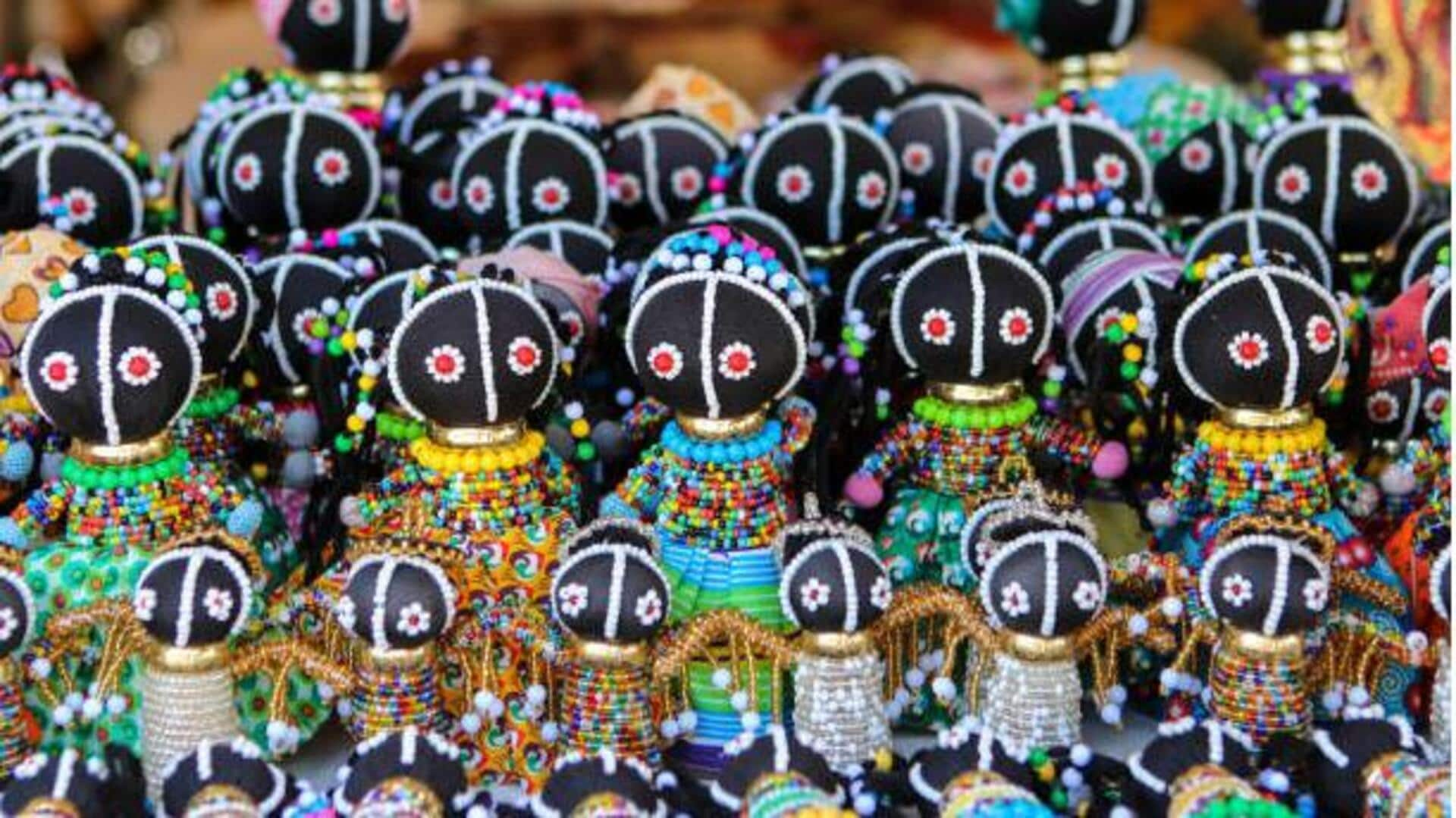
The playful art of African toy making traditions
What's the story
The art of toy making in Africa holds a special place in the continent's cultural tapestry. This craft extends beyond mere child's play, embodying cultural significance and serving as a tool for education. Distinguished by its resourcefulness, use of natural materials, and adherence to tradition, African toy making is a testament to the continent's creativity. Read on to discover the rich diversity and cultural importance of toy making across Africa.
Materials
A journey through materials
African toy makers are true masters of their craft, utilizing an array of natural materials sourced directly from their environment. They expertly work with wood, fibers, clay, and even recycled materials to create toys that are not only durable but also safe for children. This resourceful use of materials not only showcases the artisans' creativity but also demonstrates their deep reverence for nature and commitment to sustainability.
Learning
The educational value of toys
Toys in Africa aren't just for fun; they're important teaching tools that help kids understand their culture, environment, and social responsibilities. By playing, kids develop motor skills, learn problem-solving strategies, and understand social roles. Small huts or dolls dressed in traditional clothes teach kids about their history and the everyday life of their communities.
Community
Community involvement in toy making
In Africa, toy making is a communal affair. It's not just mom and dad getting crafty - grandparents and community members all lend a hand. This intergenerational teamwork not only passes down knowledge but also strengthens community bonds. It highlights how toy making isn't just a pastime - it's a powerful tool for storytelling, preserving cultural heritage, and building a sense of identity within communities.
Innovation
Innovation meets tradition
Although conventional techniques hold sway in African toy making, a new wave of artisans is infusing modern methods while preserving the essence of ancestral traditions. The use of recycled materials like plastic bottles or fabric scraps in toys embodies a creative commitment to sustainability and keeps the craft vibrant and current in today's world.
Heritage
Preserving cultural heritage through toys
African toys aren't just playthings; they're vessels of cultural memory, cradling centuries of laughter, lessons, and love. Preserving these traditional crafts is vital for sustaining cultural diversity and teaching future generations about their ancestral roots. Museums, cultural festivals, and workshops serve as vibrant platforms, celebrating the artistry of African toys while inspiring young craftspeople to carry the torch of tradition.